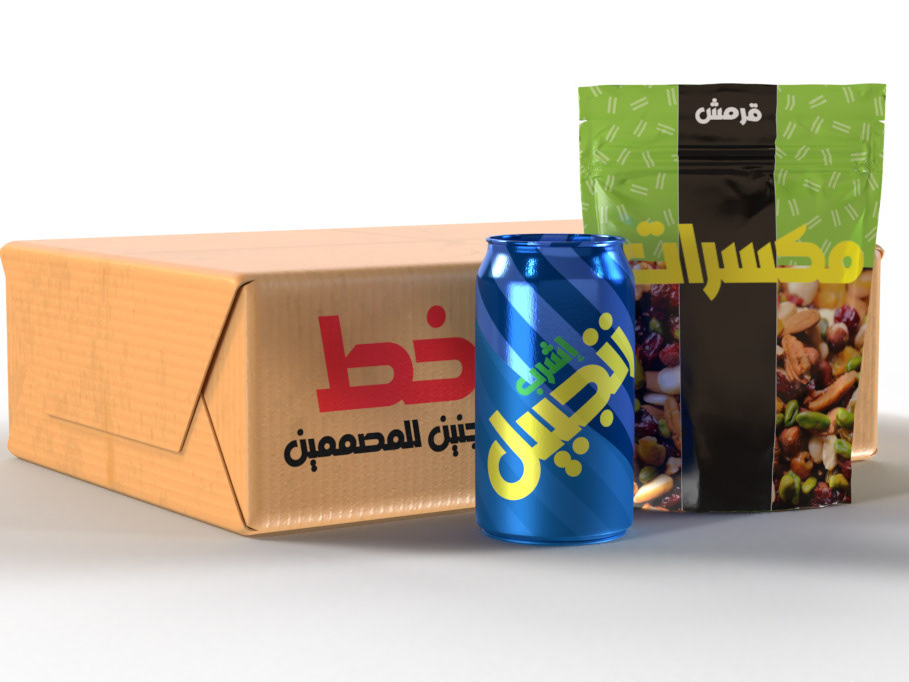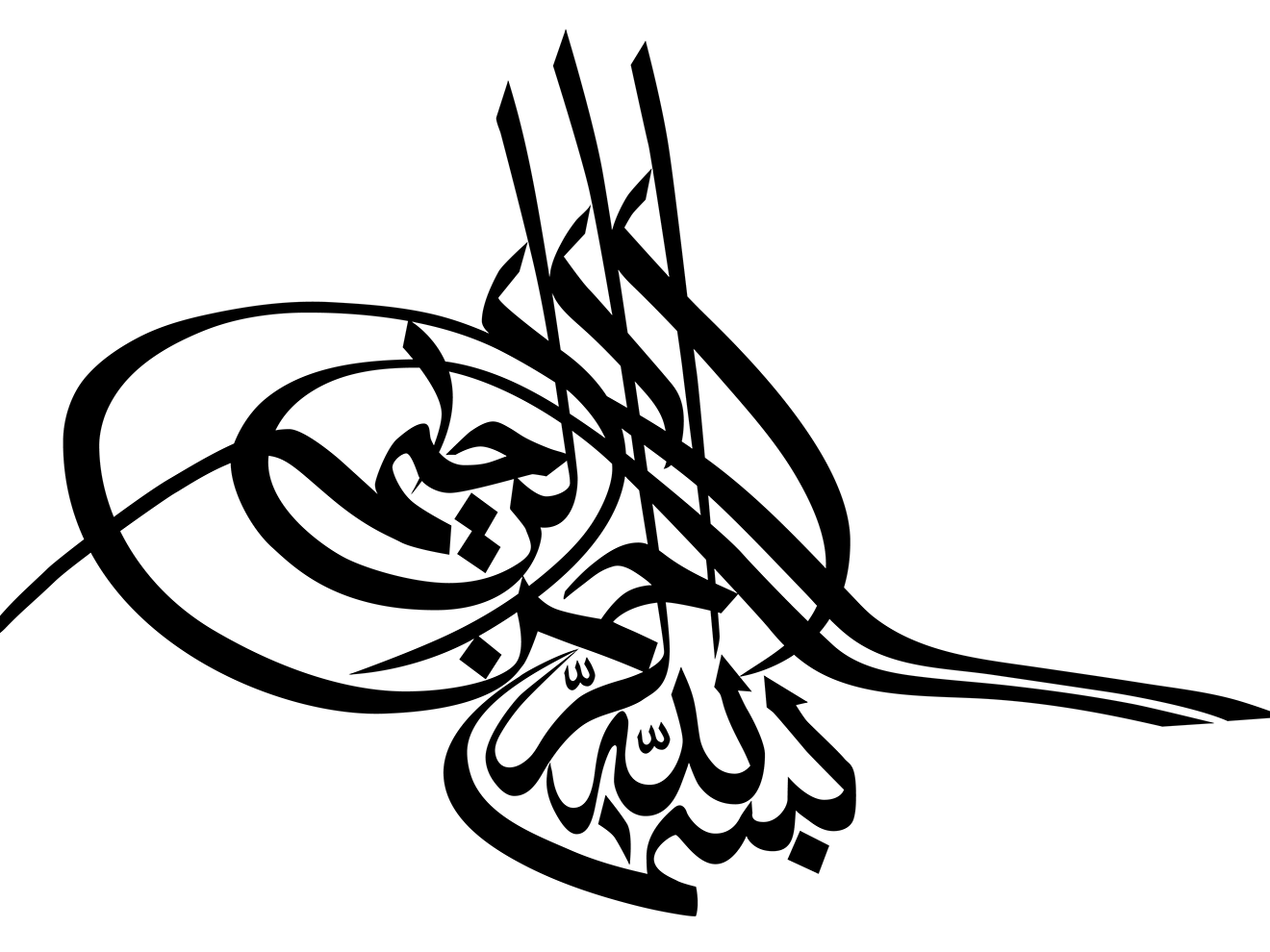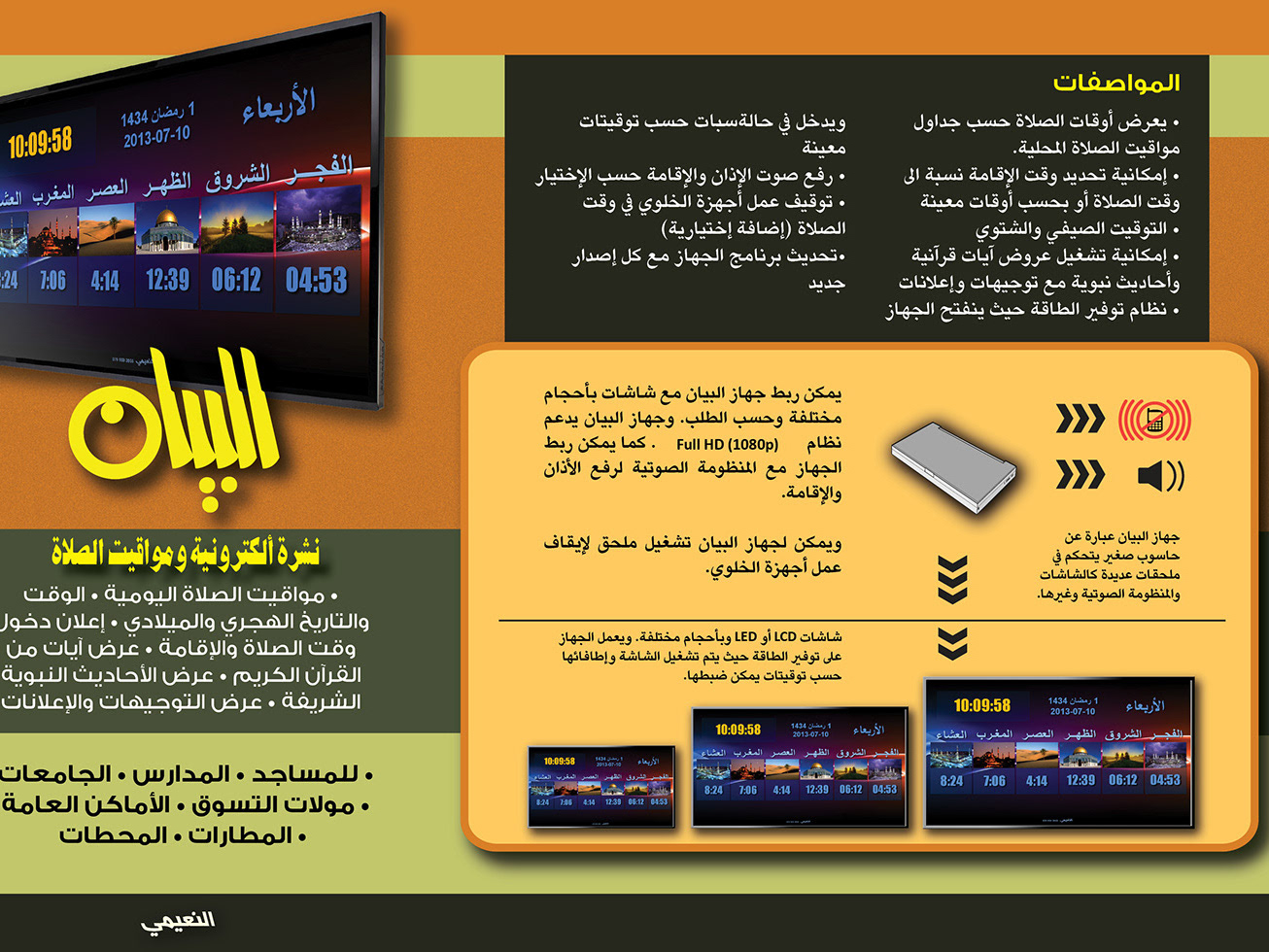GENERATIVE ARABIC LETTERISM
Generative Arabic Letterism is an experiment in art. It is the hybridizing of Arabic Letterism and Generative Art. I believe that this is a novel approach that has not been tried before.
I am versioning the current work as “Version I”. The instrument for producing this art is crude at this stage and hence the generated art might be similarly crude. The “generative” aspect of this art results from the usage of the computer to make some of the art decisions. The core of the computer’s decision-making is based on a random number generator. Human input comes from the design of the algorithms and the rules that are set within them.
Arabic Letterism itself has been around for about three decades. It is a modern interpretation of traditional Arabic calligraphy and exhibits the deconstructive approach which characterizes Arabic Letterism.
ARABIC LETTERISM
Arabic Letterism is a school of abstract art with a calligraphic nature. It deviates from traditional calligraphy and combines calligraphic motifs within modern abstract art themes. Traditional calligraphy is about the aesthetic representation of semantic content through the controlled and fluid drafting of letter shapes. Letterism on the other hand is not usually concerned with the semantic content and is freer in the use of mediums, such as oil, acrylics, and in the forms of the presentation.
Arabic Lettersim was not invented by calligraphers who were seeking new forms of expression. It was created by abstract artists who needed to achieve identity in the works they produced. It is a modern interpretation of the traditional calligraphic styles. Arabic Letterism has developed into diverse styles that reflect the cultural background and the approaches of their creators.
On the technical level, Arabic Letterism has a deconstruction element. Arabic Letterism comes across as a critical view of Arabic calligraphy. It attempts to deconstruct the traditional usage of calligraphy in the attempt of finding new meaning and expression in the calligraphic vehicle.
Arabic Letterism originated in a period of cruel dictatorship that was practiced by the military regimes that have been reigning since the middle of the past century in the Arab countries. This environment has charged this art style with political intent. In some works of Arabic Letterism, one can see the anger that was building up and the ultimate explosion of this anger in the artwork in the form of gushing unintelligible words and letterforms in a dynamic movement with flashing colors.
GENERATIVE ARABIC LETTERISM
Originating from the paradigm of Arabic Letterism, the “generative” version attempts to utilize the unexpected output resulting from a random number generator. This output could be directed to control the visual aspects of a calligraphic atom in the form of a letter, a combination of letters comprising a ligature, or just a simple stroke. This could result in the shifting of the atoms’ color, size, position, inclination, transparency, among other visual attributes.
The generation of random numbers is wrapped within an algorithm that sets the tolerances for each targeted attribute. The algorithm aims to achieve an overall visual structure to impart aesthetic appeal in terms of balance, contrast, rhythm, scale, and other design features.
The tool of choice was a commercial application that provided a programming extension. Adobe Illustrator was used to create the calligraphic atoms and its ExtendScript platform was used to implement the algorithms in the JavaScript language.
A library of calligraphic atoms was built on the work of a renown Iraqi calligrapher, the late Khaleel Zahawi. Zahawi’s work was mostly in traditional Arabic calligraphy, but he also experimented with works in Arabic Letterism. His book, Arabic Calligraphy Formations, published in 1986 was the source of inspiration to the Generative Arabic Letterism exercise. In a way, Generative Arabic Letterism pays homage to Khaleel Zahawi who was assassinated during the targeting of intellectuals that followed the 2003 events in Iraq.
TYPOGRAPHIC APPLICATION
The works below show the application of Generative Arabic Lettersim in designs implemented for a book written by the Lebanese intellectual, Mr. Adeeb Nehmeh, on the Arab Spring. The book was published in Beirut in 2014.









